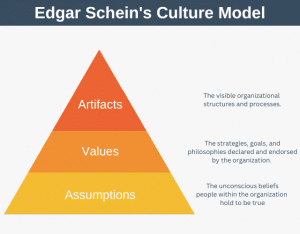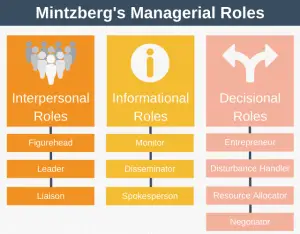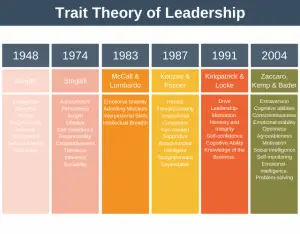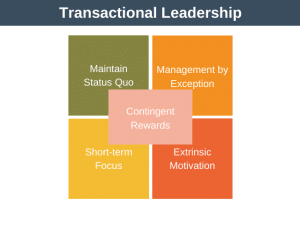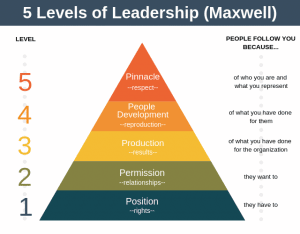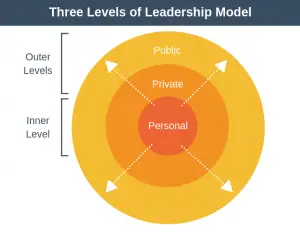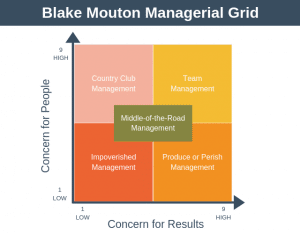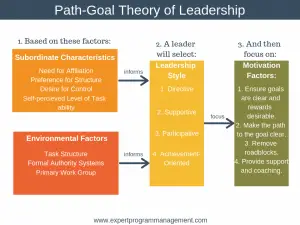Wikipedia defines leadership as “process of social influence in which one person can enlist the aid and support of others in the accomplishment of a common task.” When we think of different leadership styles more often than not we are in fact thinking of the work of Kurt Lewin. It was Kurt Lewin and his colleagues that classified leadership styles according to the culture of autocratic, democratic, and laissez-faire. This work sometimes goes by the name of Lewin Theory.
Let’s examine the different types of leadership cultures defined by Lewin and then consider how we might apply this to leading our teams.
Autocratic Leaders (aka Authoritarian Leaders)
With this style of leadership all decision making resides with the leader. Autocratic leaders are often associated with dictatorships.
Advantages of Autocratic Leadership
- Decision making is fast: with one person making the decisions, consultation is removed, and thus decisions can be made very quickly.
- Motivated managers: the “leader is watching” style motivates managers to work hard with no slack in their schedules. Managers will want to be seen to do well in the eyes of the leader.
- Less stress for managers: with the leader shouldering the responsibility managers will feel comforted that they are being “looked after” by their ever present leader.
Disadvantages of Autocratic Leadership
- Communication is often only one way: this can frustrate workers as they might only receive feedback on their work when being told of a mistake they’ve made.
- Fear and resentment: people don’t like being bossed around, and criticised far more often than praised, resulting in an atmosphere of fear and resentment.
- Dependency Culture: employees become dependent on their leader having all the ideas and making all the decisions, which can lead to a loss of initiative amongst employees.
When to use Autocratic Leadership
Autocratic leadership might seem antiquated but it still has its uses. It can be very effective, for example, on short duration projects which are highly complex, or on projects which have a hard deadline by which they must be completed, or on projects where employees need a low level of skill and simply need to be driven by the leader to produce.
Democratic Leaders (aka Participative Leaders)
With this leadership style decision making happens by the group combined, and so responsibility for decision making is shared.
Advantages of Democratic Leadership
- Good working environment: employees at all levels can be given and feel a level of responsibility to challenge themselves. Because of the good working environment created by the democratic style employees are more likely to enjoy their work.
- Less severe failure: because consultation happens before decisions are made there is less chance of a disastrous decision being made by the leader.
- Creative culture: unlike an autocratic culture employees are encouraged to have ideas and solve problems on their own initiative. This can obviously lead to more opportunities being identified in the marketplace.
Disadvantages of Democratic Leadership
- Slow decision making: The real disadvantage with democratic leadership is that decisions can often take a long time to happen. This can be a particular problem when gaining first mover advantage is important.
- Leader hidden in group: if the leader is unsure or weak they can often hide this by allowing the group to make all the decisions.
When to use Democratic Leadership
Democratic Leadership is particularly useful in companies which practice continuous process improvement as everyone is encouraged to feed into the process of continuous improvement. It is also useful in highly competitive and complex industries where it allows the best ideas to rise to the top, and facilitates the rising and establishment of future leaders within the organization.
Laissez-Faire Leaders (aka Free Rein Leaders)
With this leadership style the leader does not lead directly, but allows the group to entirely direct itself.
Advantages of Laissez-Faire Leadership
- Freedom of direction:when employees are motivated to drive towards success, a laissez-faire leadership style can provide them with the flexibility they need to succeed (there is no interference from the leader).
- Less work for leader: with all responsibility deferred to the group there is less work for the leader to perform interacting with the group, and they can thus spend their time adding value to the organization.
Disadvantages of Laissez-Faire Leadership
- Higher stress levels: employees can feel stressed if they are not secure enough in their own ability due to the lack of availability of their leader for positive reinforcement.
- Lack of ownership: there is nobody responsible to take the credit or blame in cases of success or failure.
When to use Laissez-Faire Leadership
Use of a Laissez-faire leadership style is usually only appropriate for a team of highly effective professionals with a reputation and history of delivering excellent work.
Conclusion: And Relation to Project and Program Management
If you imagine a straight line running from autocratic leadership at one end of the line, to laissez-faire leadership at the other, with democratic leadership in the middle (let’s call this line the leadership line), it can be good to think about what point on the line you naturally gravitate towards. It should also be obvious to you by now that different types of projects, organizations, and situations call for different styles of leadership, for example, under a tight, high pressure deadline, autocratic leadership is often the most effective.
In fact, different situations may cause us to lead differently in different situations. Lewin expressed this via an equation, known as Lewin’s equation: B = f(P, E). This equation is saying that Behaviour is a function of both the Person and their Environment. As I see it the key take away from all this is that in order to be the best leader you can, you may find it beneficial to change you leadership style depending upon the situation you find yourself in. This will vary in difficulty for you depending on how far away the style you’re trying to adopt is from the style you naturally gravitate towards on the leadership line.
Finally, note that there are other types of leadership styles in addition to those described above, such as Charismatic Leadership and Servant Leadership, but they weren’t identified by Lewin so I’ll cover those in a later article.

